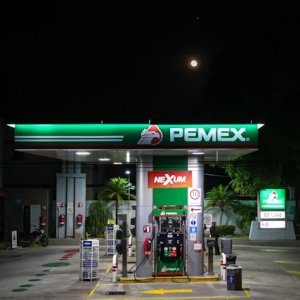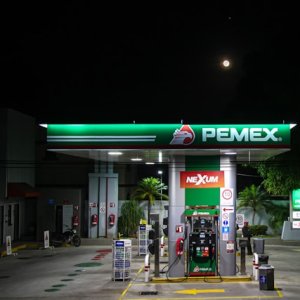
Mexico Is Ready to Be a Natural Gas Production Giant: Jaguar E&P
 By Cas Biekmann | Journalist and Industry Analyst -
Thu, 09/02/2021 - 11:26
By Cas Biekmann | Journalist and Industry Analyst -
Thu, 09/02/2021 - 11:26
You can watch the video of this presentation here.
Although renewable energy is gaining ground, in a country like Mexico, limited by the constraints of an aging transmission grid, the energy mix should perhaps be more conventional and diversified. The equally cost-efficient and effective use of natural gas is an attractive prospect. This fuel might still have a fair share of emissions but it burns much cleaner than many other solutions used today, especially in remote and underprivileged areas of the country. “It is a tragedy that we are using high-sulfur bunker oil to produce electricity today. The reason is simply that many power producers do not have access to natural gas,” said Warren Levy, CEO of Jaguar Exploration & Production, a private producer of oil and gas found on land.
Just like most experts in the Mexican energy sector, Levy knows that natural gas use has risen significantly over the past decades and will likely only increase in the decades to come, as Mexico trades in fuel oil and coal for cheaper and cleaner natural gas sources without exchanging the stability that conventional power generation is known for. In more remote areas where neither pipelines nor compressed gas are accessible, people are forced to burn even more primitive and pollution fuels to generate energy. In the north of the country, economic development has moved ahead much faster than in other parts because it has the easiest access to natural gas. Spreading the benefits of the fossil fuel to the south can lead to significant economic benefits. “By switching to natural gas, Mexico can fundamentally change its carbon footprint toward the future and boost its development at the same time,” said Levy.
Most natural gas in Mexico is produced as a byproduct of oil production, which adds the complication of releasing harmful emissions into the air through ineffective flaring. Gas production is not at all a priority for Mexico’s NOC, PEMEX, which uses almost all the natural gas it does produce for its own business processes. Consequently, Mexico needs to import its natural gas from the US, more specifically from the state of Texas. Gas prices coming from Texas’ famous Burgos Basin are low, so Levy emphasizes that cost-effectiveness is not the issue at all. “But it is a risk in terms of self-sufficiency, as we could see in February of this year when 40 million Mexicans were left without electricity because extreme weather conditions in Texas led to a temporary halt in exports,” he said.
Through these imports, Mexico leaves a lot of money on the table that could be otherwise gained by producing the resource. Using government data regarding natural gas sales, Levy estimates Mexico loses out on US$6.7 billion dollars of value per year. “The real problem is not just the billions of dollars, it is the trickle-down effect that the local supply chain could take advantage of, which would effectively multiply this value,” explained Levy.
Mexico used to be a net exporter of natural gas. In fact, most of the infrastructure that is now used for imports was originally constructed to feed gas into the US instead. So why is Mexico no longer a hub for production? Levy said domestic production dropped off steeply after 2008, when PEMEX actively decided to focus its investments elsewhere and make use of cheap pipeline gas coming from the US to reach higher profits.
Levy, however, does not agree with this approach. “Some people believe producing in Mexico is not a profitable business. We wholeheartedly disagree.” The expert on exploration efforts highlights that much of the geography that makes Texas such a great location for natural gas production stretches right across the border and into Mexican territory. Across the Mexican side of the Gulf of Mexico, more opportunity for exploration exists in states like Veracruz and Tampico. Even offshore production would be viable, although oil platforms would need to be adapted to make this possible. Plenty of investment would be needed, however. Using the company’s estimations for its own goals, around US$4-5 billion would be necessary to address 7 percent of Mexico’s natural gas demand. “But the real challenge is how to get truly creative and ensure the entire country gains access to this gas,” Levy warned.
Private companies can play an important role in these efforts. “Companies like Jaguar can help the government in ensuring that environmental safety and social development happens the way it should in Mexico,” said Levy.
















